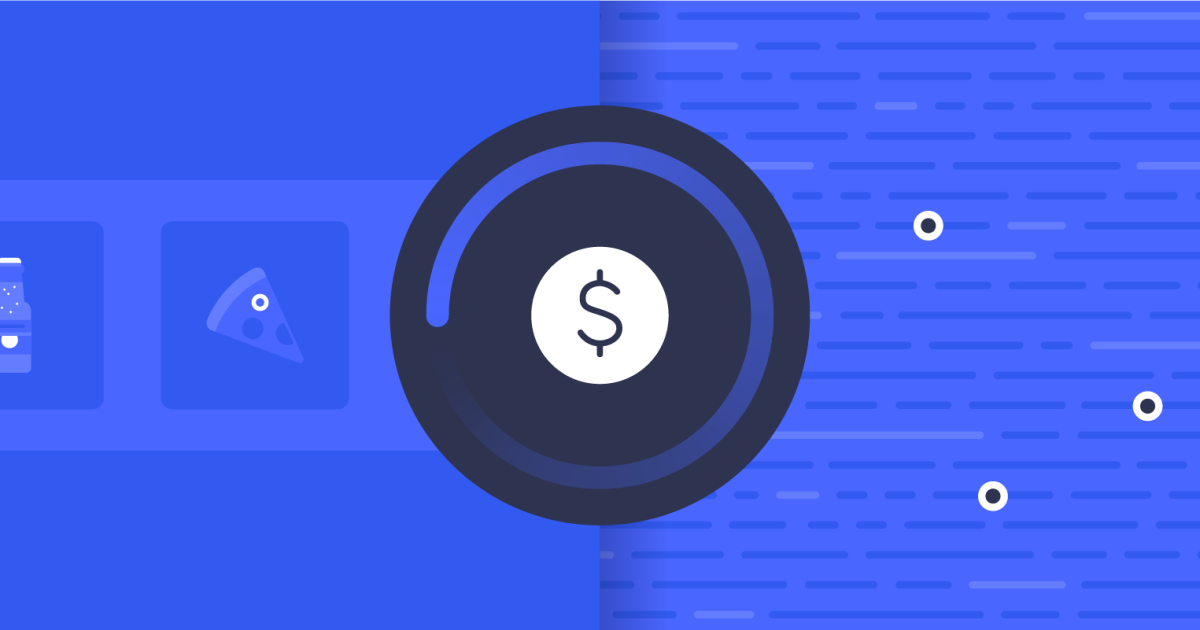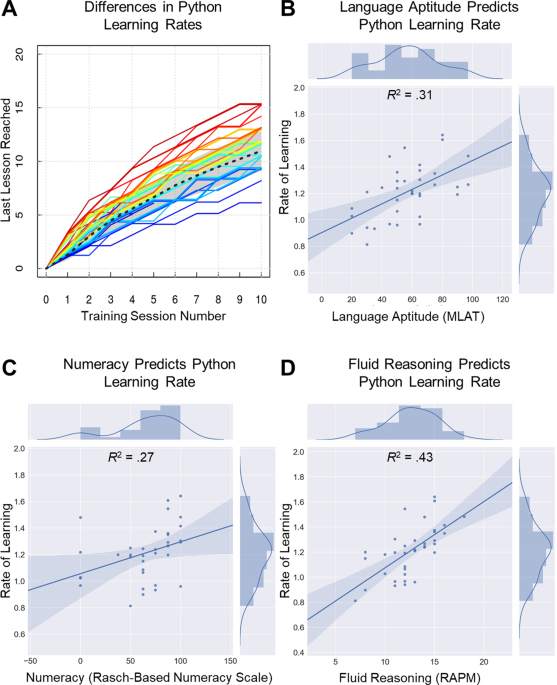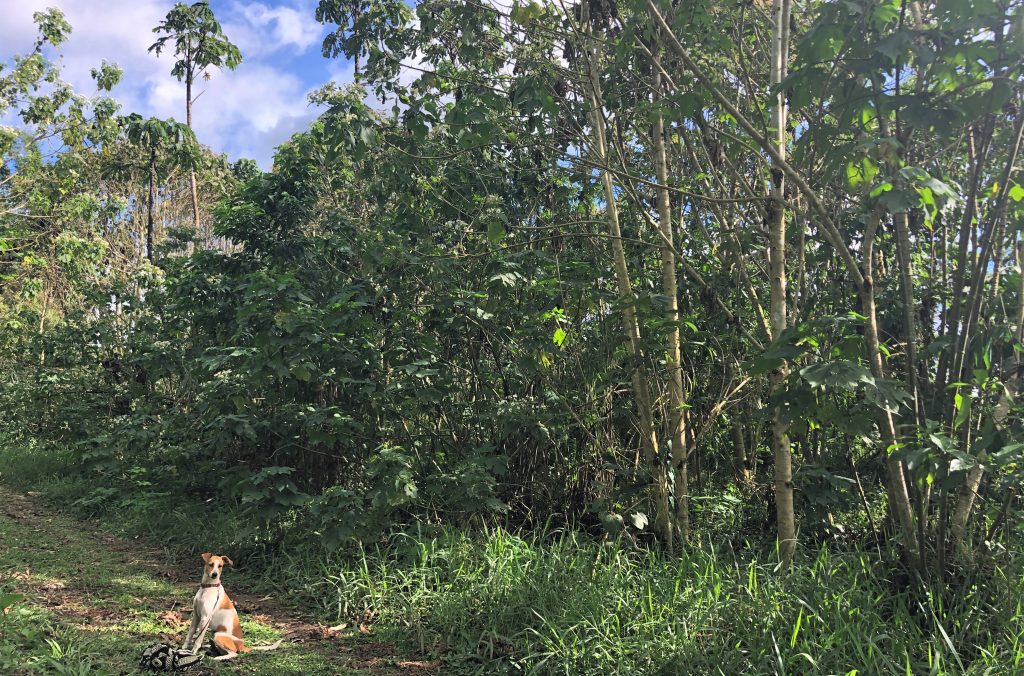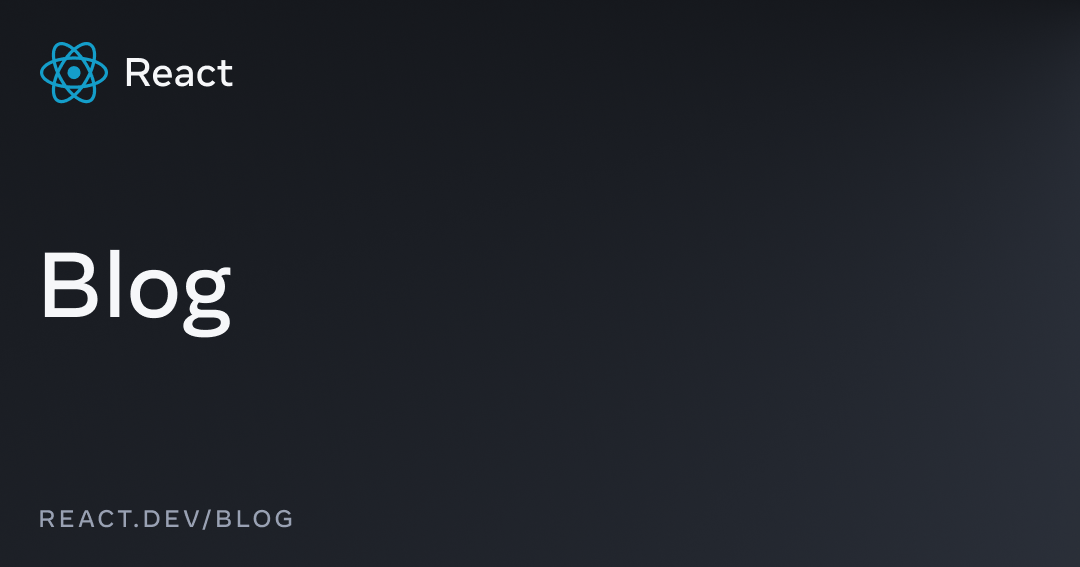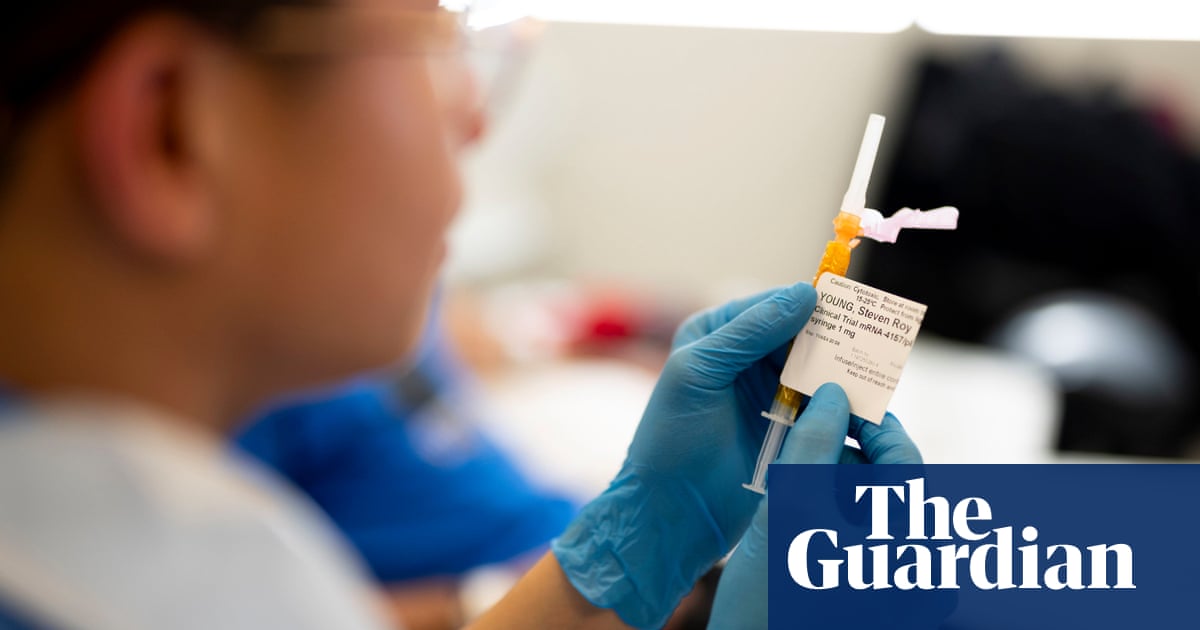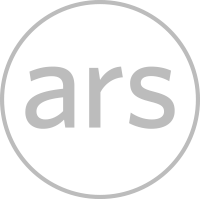
Increasing experimentation accuracy and speed by using control variates - Code as Craft
At Etsy, we strive to nurture a culture of continuous learning and rapid innovation. To ensure that new products and functionalities built by teams ‚ÄĒ from polishing the look and feel of our app and website, to improving our search and recommendation algorithms ‚ÄĒ have a positive impact on Etsy‚Äôs business objectives and success metrics, virtually all product launch decisions are vetted based on data collected via carefully crafted experiments, also known as A/B tests. With hundreds of experiments running every day on limited online traffic, our desire for fast development naturally calls for ways to gain insights as early as possible in the lifetime of each experiment, without sacrificing the scientific validity of our conclusions. Among other motivations, this need drove the new formation of our Online Experimentation Science team: a team made of engineers and statisticians, whose key focus areas include building more advanced and scalable statistical tools for online experiments. In this article, we share details about our team‚Äôs journey to bring the statistical method known as CUPED to Etsy, and how it is now helping other teams make more informed product decisions, as well as shorten the duration of their experiments by up to 20%. We offer some perspectives on what makes such a method possible, what it took us to implement it at scale, and what lessons we have learned along the way.
In order to fully appreciate the value of a method like CUPED, it helps to understand the key statistical challenges that pertain to A/B testing. Imagine that we have just developed a new algorithm to help users search for items on Etsy, and we would like to assess whether deploying it will increase the fraction of users who end up making a purchase, a metric known as conversion rate. A/B testing consists in randomly forming 2 groups ‚ÄĒ A and B ‚ÄĒ of users, such that users in group A are treated (exposed to the new algorithm, regarded as a treatment) while users in group B are untreated (exposed to the current algorithm). After measuring the conversion rates YA and YB from group A and group B, we can use their difference YA – YB to estimate the effect of the treatment. There are essentially two facets to our endeavour ‚ÄĒ detection and attribution. In other words, we are asking ourselves two questions:



